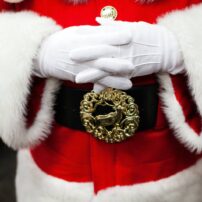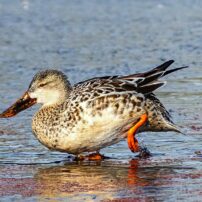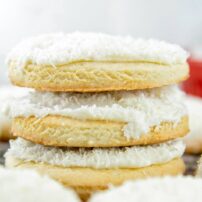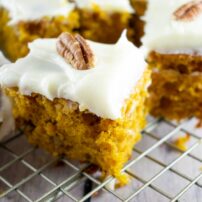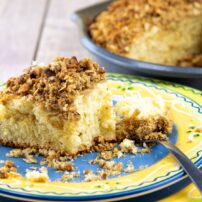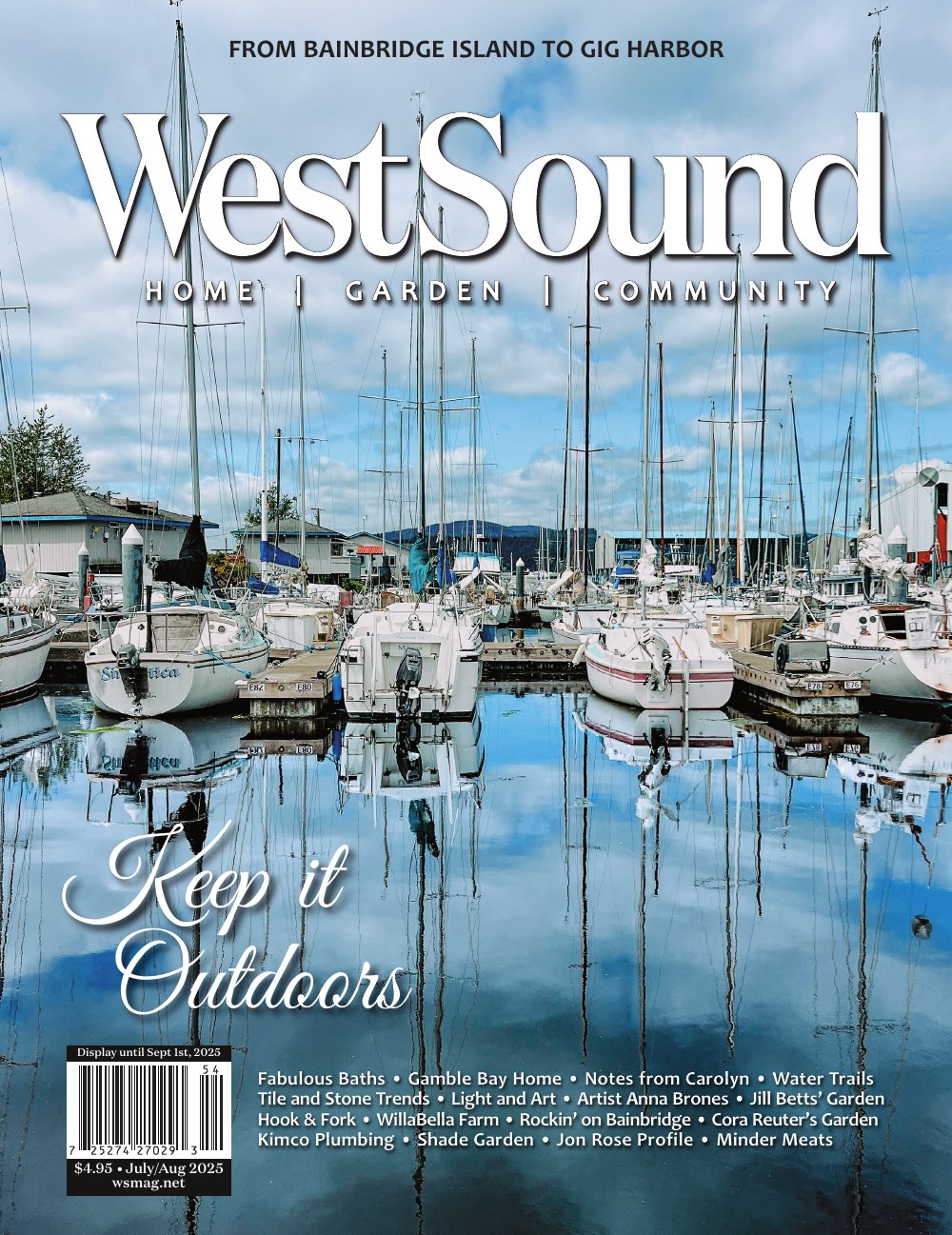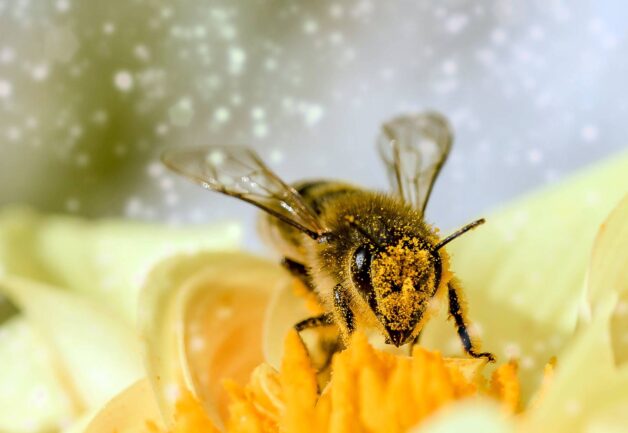 West Sound meadows, salt marshes and successional fields are alive with buzzing bees, fluttering butterflies and birdsong. But with lawns expanding and natural areas shrinking due to construction, these backyard guests need a little extra help finding food, shelter and a cozy place to stay.
West Sound meadows, salt marshes and successional fields are alive with buzzing bees, fluttering butterflies and birdsong. But with lawns expanding and natural areas shrinking due to construction, these backyard guests need a little extra help finding food, shelter and a cozy place to stay.
With just a few simple DIY steps, you can turn your backyard into a cozy bed and breakfast for pollinators, birds and bats.
As a landscape designer, nothing makes me happier than helping others bring nature back home. So, let’s get started — right in your own backyard.
Assess Your Backyard Space
Start by observing your backyard. How much sun does it get? Are there shady corners, wet areas or patches of bare soil? Take note of existing shrubs, trees and water features. Placing the right plant in the proper spot will ensure success, and your new garden will thrive.
Even a small balcony or patio can be a valuable microhabitat by using container gardening. Understanding your space will help you choose the right plants and features to support pollinators and wildlife.
Pick Your Pollinator and Wildlife Goals
Decide which pollinators and wildlife you’d like to host. Do you want to “bee-loved,” or would you prefer to have butterflies, hummingbirds, bats and birds? Every choice you make, from planting native flowers to adding water or shelter, should support the specific wildlife you hope to welcome.
Provide the Right Habitat: A Comfy Place to Call Home
Pollinators are a lot like us — they need nutritious food, safe shelter and a cozy place to raise their young. Like guests at a well-stocked vacation home, they’ll be reluctant to leave once they discover the thoughtful amenities you’ve provided.
You can start to build your pollinator habitat by offering these three essentials:
- Food: Plant native flowers that bloom from early spring through late fall to provide a continuous food source for pollinators.
- Water: Offer shallow water sources, like birdbaths with pebbles for perching, shallow basins or water barrels. Adding aquatic plants can also attract dragonflies.
- Shelter: Create layered habitats with shrubs, native grasses, brush piles and nesting boxes for birds and bats. Even small piles of brush support insects and small mammals, while varied vegetation provides additional cover and nesting spots.
Create the Creature Comforts for Pollinators and Wildlife
According to the U.S. Forest Service, about 80% of flowering plants and over 75% of our food crops rely on pollinators — not just bees, but also birds, bats, butterflies and beetles. Every little action counts: Leaving clover to bloom, planting native flowers or adding a bat box helps your backyard guests thrive.
Check out the table below to discover how to make your backyard an irresistible abode for each pollinator and wildlife guest.
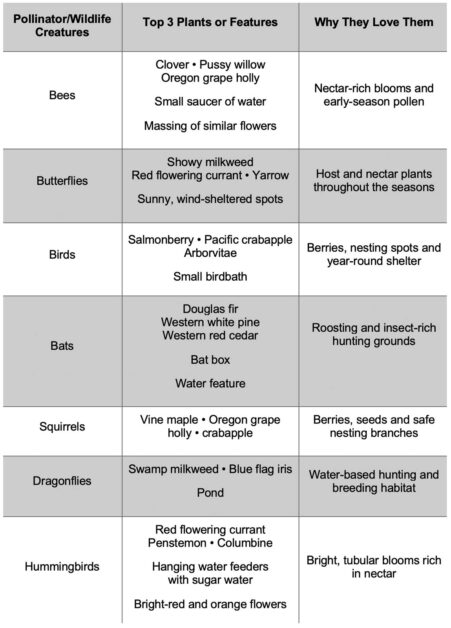
Nonnative, Pollinator-Friendly Perennials
If you’d like to include some nonnatives that still draw pollinators, consider these:
- Black-eyed Susans (Rudbeckia hirta)
- Echinacea (Purple coneflower)
- Lavender
- Blue mist spirea (Caryopteris x clandonensis)
- Hosta flowers
Work With What You Have
Even if your yard is mostly grass, you can still support wildlife by starting with four simple things: Let the clover and dandelions be, skip the yard foggers, let the natural predators take over and add organic matter.
Don’t Mow the Clover and Dandelions
They provide food for pollinators. Clover is rich in protein and nectar, while dandelions, though lower in protein (14%), still offer an important early season treat.
Skip the Yard Foggers
Instead, let natural predators handle pests:
- Dragonflies aren’t pollinators, but they help control mosquitoes and other small insects.
- Goldfish or mosquito fish eat mosquito larvae. Simply fill a barrel or dark container with water, add fish, and let them do the work. Even a small container can help reduce local mosquito populations. (Tip: A darker container keeps water cooler and slows algae growth.)
Add Organic Matter
Compost and mulch will replenish soil nutrients, improve soil health and create a richer environment for plants and wildlife.
Design with Habitat Layering and Massing
Throughout my career as a landscape designer, I’ve used layering and massing to mimic a forest’s natural structure. Plant in groups and layer vertically. Start with low groundcovers or short perennials in the front, then add taller shrubs, grasses and trees toward the back.
Instead of large, open lawns, this multilevel plant structure can support more biodiversity and provide resources for wildlife throughout their lifecycles.
Be the Observer
Pick a spot where you can quietly observe your pollinator and wildlife guests. It’s a great way to see what’s working and what might need a tweak. There’s nothing more delightful than spotting a bee snoozing in a hosta flower or a hummingbird sipping from a feeder.
In my backyard, I have a glass “bougie table” stocked with little treats — avocado for squirrels, blueberries for birds. Observation points like this let you savor the small, magical moments that make your backyard a thriving, buzzing habitat.
A Welcome They Can Buzz About
Like our neighbors in Seattle, the country’s best city for pollinator-friendly landscaping, know, your backyard can become a haven for pollinators and wildlife — a cozy retreat where every guest feels at home. Breakfast begins at dawn with dew on the grass and nectar-rich blooms for bees and butterflies. Midday brings berries for birds and refreshing sips of water for hummingbirds.
As dusk falls, the dinner crowd arrives: Bats swoop for insects, dragonflies patrol the water, and goldfish snack on mosquito larvae under the moonlight. Brush piles, layered plants and nesting boxes offer safe, comfortable lodgings for every visitor.
With a little thought and care, you’re not just planting flowers — you’re hosting a living, breathing ecosystem. A backyard paradise where every buzz, flutter and chirp reminds you that your guests have truly made themselves at home.







